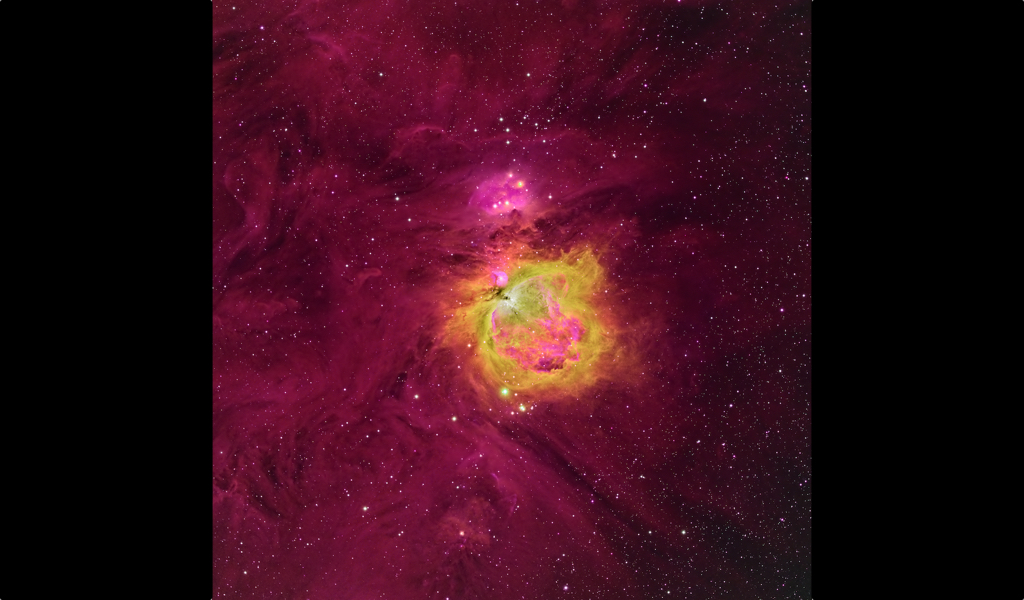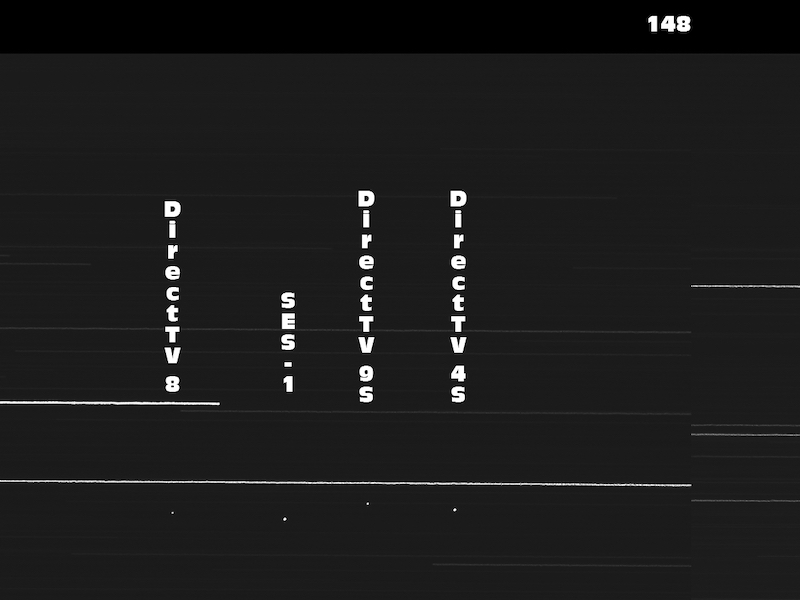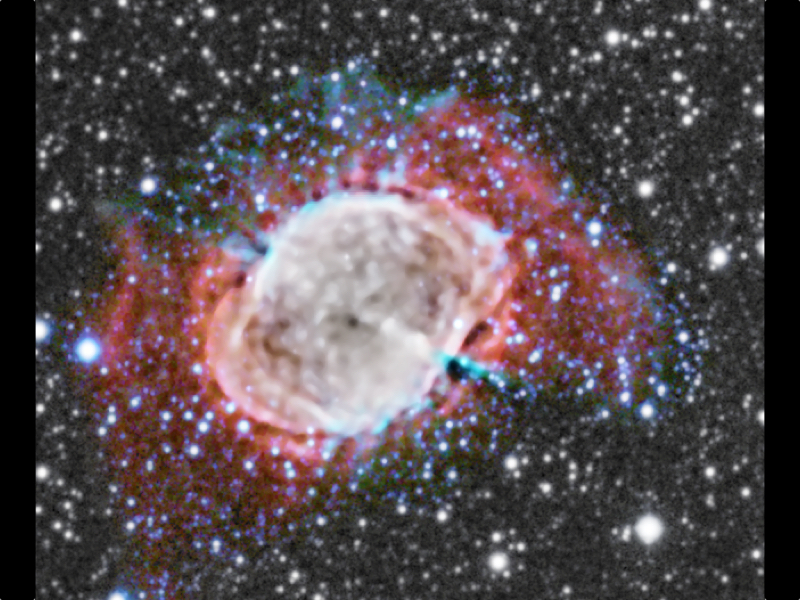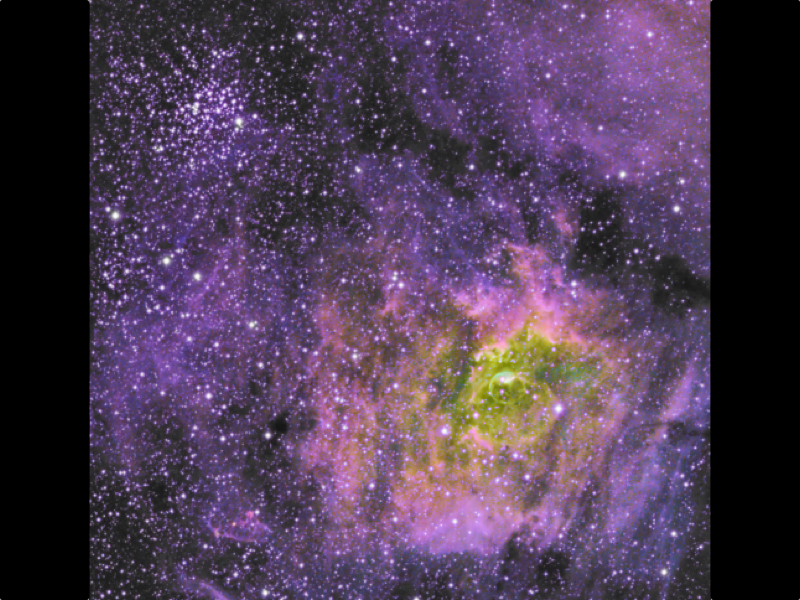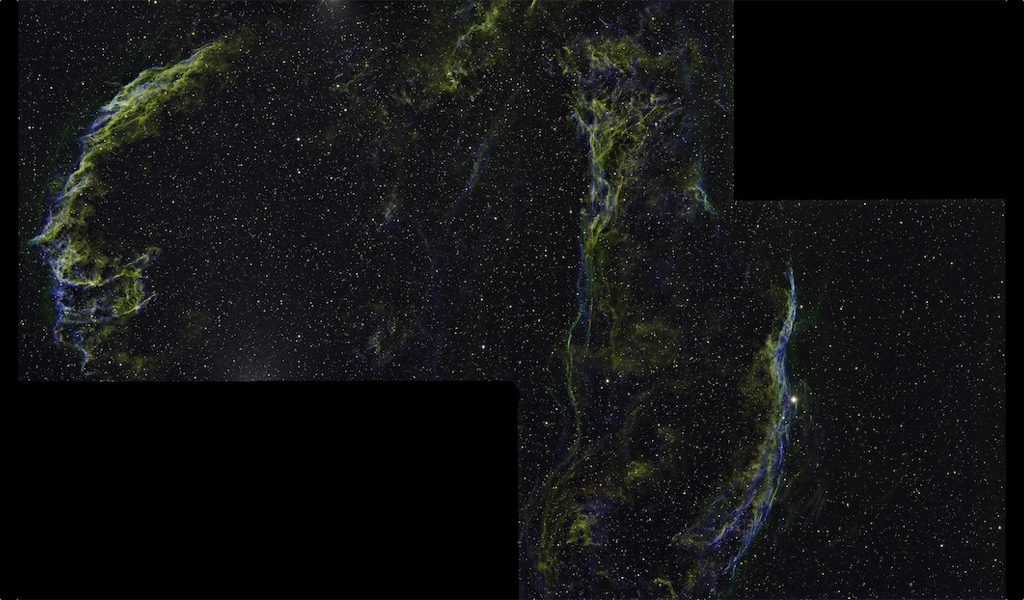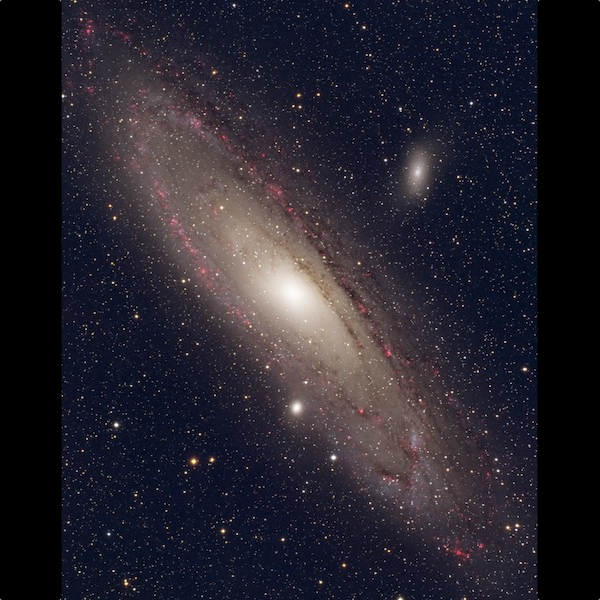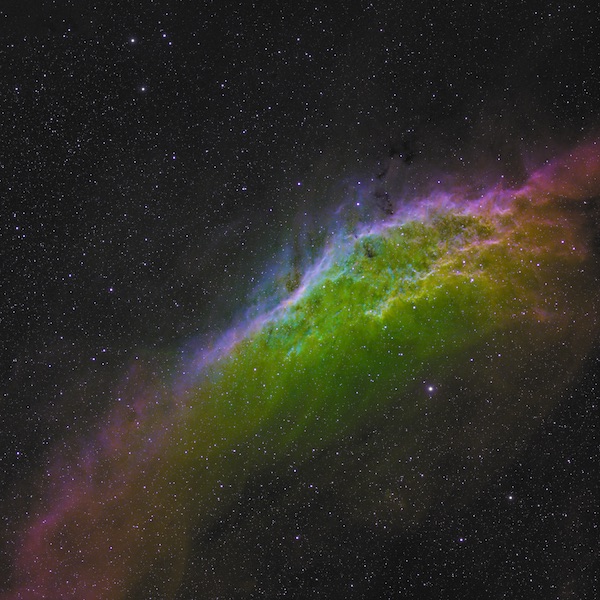Almaden Observatory Main Page
The Sharpless Catalog provides a list of targets that can be used with narrowband filters
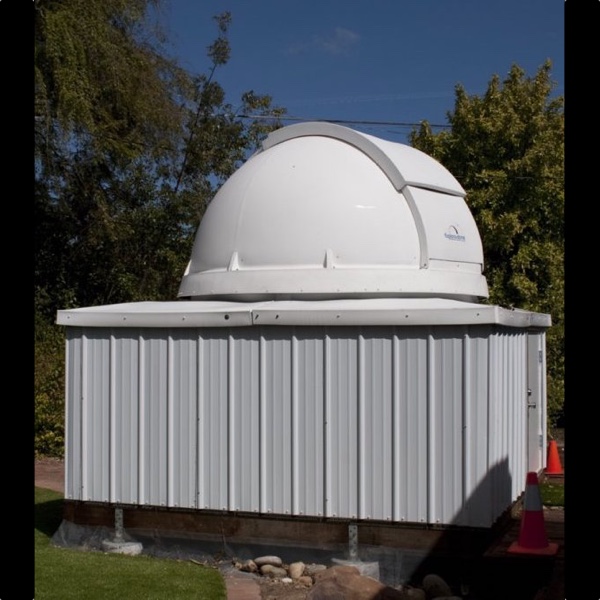
Newest Images
These are my newest images
All Images
Messier Objects
NGC Objects
- NGC 7000 North American
- NGC 281 Pacman
- NGC 1499 California
- NGC 6995 etal Veil in Color
- NGC 6888 Crescent
- NGC 7000 (North American)
IC Objects
- SH 108 Sadr
- SH 119
- SH 171
- SH 190, 199 Heart and Soul
- SH-277(Horsehead)
-
Cassiopeia to Cygnus Project
This is a multi-year project to map the Sharpless Objects in this band of Milky Way.
Ha20, sYel, sV
Ha20, sYel, sV
Older
About the Observatory
I have always been interested in taking photos of the sky. I am best known at this point for my Eclipse Photography, but I have also dabbled in wide field. What I have not been interested in doing is lugging hundreds of kilograms of sensitive equipment to a remote site and then frantically setting up in the dwindling twilight. In 2009 I got permission to build an Observatory in the backyard.
Located in Almaden Valley I am on the edge of San Jose's light
dome. My local site is well populated with lights from
tennis courts as well as neighbors who make heavy use of
"decorative" and insecurity
lighting. (Lights in my yard are on motion sensors). They
are only on when they need to be. One of my neighbors now sees fit
to illuminate my backyard with a "insecurity"
light!
Oh yes and then there is the unshielded LPS streetlight across the
street from me. While my area is darker than area's closer
to downtown, there is still enough light to make significant
gradients. Thus I will be taking primarily narrowband.
For nebula this is some combination of 3 nm Hydrogen, Nitrogen,
Sulfur, and Oxygen. For galaxies and star clusters I am
developing my own technique using Photometric
Filters.
Observatory construction began in February of 2010 with first light in December 2010. Unfortunately the optics I had then were not very good so the observatory shut down for a couple of months while I installed the Takahashi FSQ106, the narrowband filters, and completed the dome automation. First Light with the new equipment was Feb 27 2011. After imaging for about 9 months and completing 10 projects the observatory shutdown again in Mar 2012 to replace the pier, upgrade to an AP900, and replace the wheels that support the dome. In February 2013 I started an upgrade which replaced my SBig 8300 camera with an FLI 16803 and new Atlas focuser. Unfortunately that upgrade ran into a number of problems so full operation did not resume until April 2014. In July 2015 I upgraded the AP 900 to an AP 1100AE which gave me precision self guiding.
The Observatory is fully automated using ACP and ACP Expert which allows the observatory to efficiently schedule the roughly 60 hours of work each project requires without staying up all night (well most of the time).
All of the images on this site are processed using PixInsight.
Contact rthdoc11 AT almadenobservatory . net Don't cache this address. I change it regularly.
